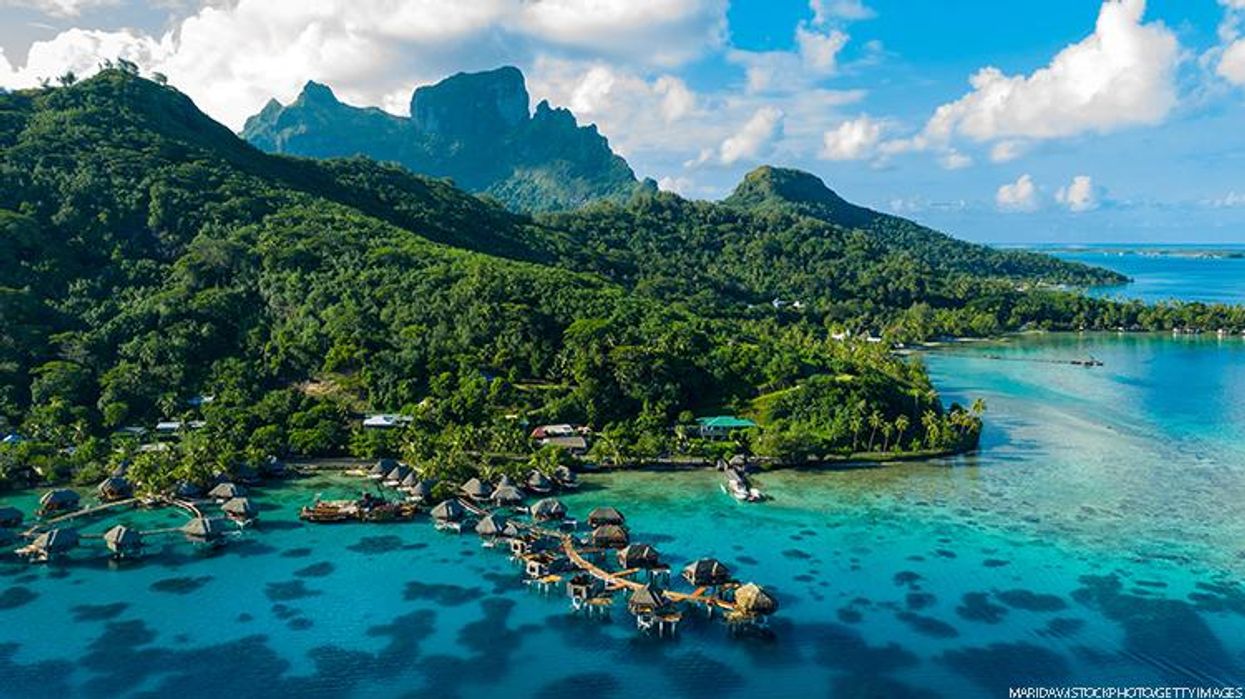Sustainable Travel
French Polynesia to Cap Tourist Numbers in New Sustainability Plan

The hope is to balance tourism with environmental conservation, but others question the plan’s economic viability.
November 10 2022 10:00 AM EST
By continuing to use our site, you agree to our Privacy Policy and Terms of Use.

The hope is to balance tourism with environmental conservation, but others question the plan’s economic viability.
(CNN) – The beautiful islands of French Polynesia might become more difficult to visit as the region announces a new sustainable tourism plan.
Under the Fāri’ira’a Manihini 2027 (FM27) five-year strategic mission, the French Polynesian government aims to set an annual cap of one foreign tourist per local resident – about 280,000.
The Southern Pacific country includes popular destinations like Bora Bora, Mo’orea and Tahiti. Its capital, Papeete, is on Tahiti.
It’s unclear whether the new visitor cap will apply to French nationals.
French Polynesia is a territory of France, and thus anyone with a French passport wouldn't be considered an overseas visitor by law.
The FM27 document acknowledges that tourism is an important source of employment and revenue for residents. However, the visitor cap and other changes will bring a more thoughtful kind of tourism.
Under this plan, the government aims to “diversify the different kinds of visitors, make it possible to reconcile economic growth with the preservation of the environment, the quality of life of the populations and the appreciation of our heritage.” It also mentions encouraging visitors from a range of parts of the world.
The stated end goal is to “transition to an inclusive and sustainable tourism model.”
However, it may seem strange that the country is considering a visitor cap when over-tourism is not an issue there.
According to data from the World Bank, French Polynesia welcomed about 300,000 visitors in 2019, its highest number ever. But this long-term plan was likely influenced by other such models around the world.
The central Asian kingdom of Bhutan is often cited as an example of what can happen when tourism is carefully and thoughtfully controlled by the government. Currently, the country charges a $200 per person daily “tourist tax,” which keeps all but the most dedicated travelers from visiting. In turn, the money from the fee is used to support local communities by providing education, health care, and more.
Meanwhile, many popular destinations around Europe have had to impose stricter measures in recent years to combat the flow of tourists.
The Italian city of Venice has been one of the hardest hit by over-tourism. It has imposed measures like a daily tax for day trippers (to balance out the lack of revenue from hotel stays) and heavily cracked down on properties listed on Airbnb in order to stem the tide of travelers.
The-CNN-Wire
™ & © 2022 Cable News Network, Inc., a Warner Bros. Discovery Company. All rights reserved.